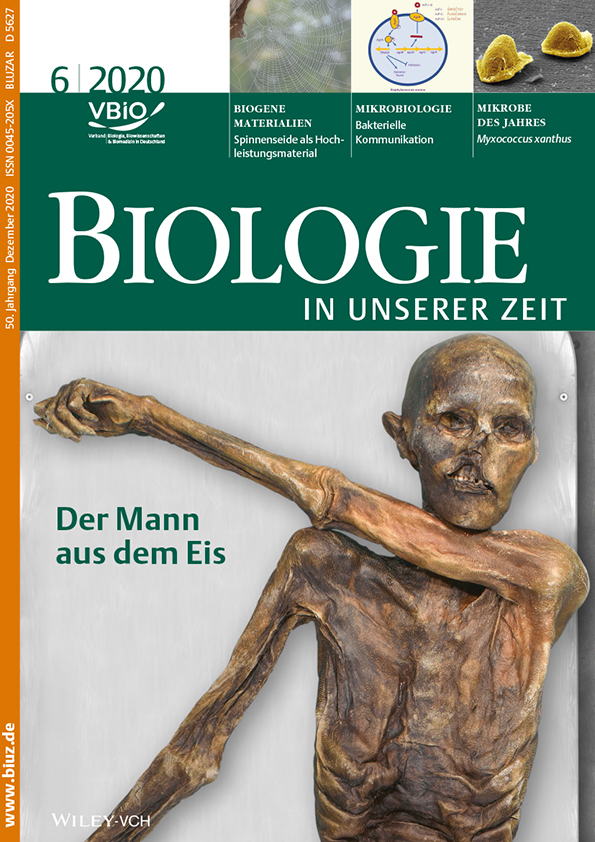Wer andern eine Grube gräbt...: Bergbauliche Abgrabungsstellen
Abstract
deTagebaue, in denen Rohstoffe wie Sand, Kies, Lehm, Ton oder andere technisch verwertbare Lockermaterialien gewonnen werden, stellen oft großflächige Wunden der Landschaft dar, die man anschließend für die landwirtschaftliche oder forstliche Nutzung rekultiviert. Noch während des Abbaus entwickeln sich viele dieser Abbaustellen jedoch zu reich differenzierten Lebensräumen mit bemerkenswerten Artengefügen, darunter auch zahlreichen Vertretern der Roten Listen. Dieser Beitrag beleuchtet einige hervorhebenswerte ökologische Besonderheiten der ‘Löcher in der Landschaft’ und plädiert für eine den Erfordernissen von Arten- und Naturschutz in der Kulturlandschaft angepasste Gestaltung nach Ablauf der bergbaulichen Eingriffe.
Abstract
enMining activities on sand, gravel, clay or diverse loose volcanites generally result in pits which allow for special insights into geological structures, but mostly add considerable damage to the overall appearance of the landscape. Hence they are often recultivated for agri-or silvicultur. However, at closer inspection it turned out that pits of all kinds represent higly differentiated habitats with respect to exposure and physical features of the opened substrates. They offer a wide range from wet to extreme dry conditions and consequently are colonized by a surprising array of species, many of them ranging in the Red Data Books. This short overview discusses some of the major ecological features of such areas particularly in the light of natural conservation and species protection in the modern cultural landscape.




